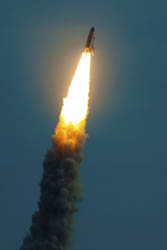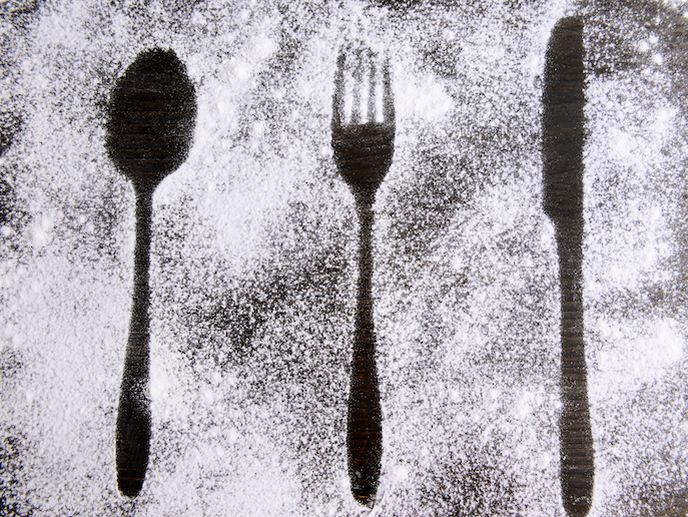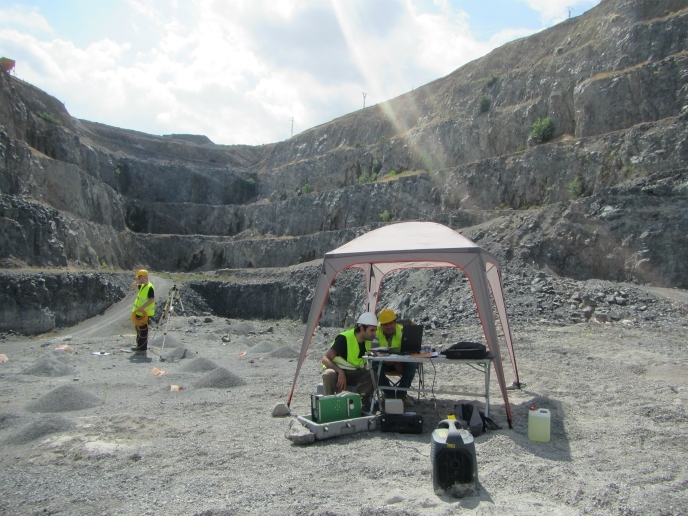Hybrid rocket propulsion system for cost-effective and enhanced performance
Both solid and liquid propellants rely on combustion, or burning in the presence of oxygen, to produce hot gases. When the latter are forced out the back of the rocket, the rocket gets 'pushed' forward, just as Newton described in his Third Law of Motion. Scientists sought to improve on the status quo with EU funding of the project 'Innovative propellants in hybrid propulsion technology and its applications in space transportation' (ORPHEE). Hybrid rockets burn a solid fuel in the presence of a liquid oxidiser. The solid fuel has the benefit of simplicity and lower cost while the liquid enables adjustable control of flow (throttling), ensuring more precise manoeuvring and safer orbital insertion. Previous proposals for hybrid rockets have focused on increasing the burning surface to reach desired performance, but this causes unwanted increase in weight and volume. ORPHEE sought to optimise the solid fuel regression rate, the rate at which the solid recedes as it is burned. Increase in regression rate will reduce solid fuel grain volume thus improving performance. ORPHEE studied three selected applications consisting of hybrid upper stages, Moon or Mars Landers and low-cost, first-stage boosters. Scientists first characterised candidate fuels for each application using small-scale combustion experiments. When the process was scaled up, novel insight into the mechanical properties of fuel grains led to adaptations in manufacturing that significantly enhanced fuel grain quality. During the last project year, new formulations were developed with the addition of metallic powders to increase solid fuel regression rate. Firing tests did not demonstrate the same expected increases in regression rate seen at smaller scales. However, such observations enabled the inclusion of key parameters affected by a scale increase in the many numerical models developed. This knowledge should prove particularly important in subsequent design studies. Demonstrators for the three applications have been designed and preliminary computational fluid dynamics (CFD) studies have been performed. In addition, a hybrid technologies roadmap has been prepared based on ORPHEE outcomes. In the long term, ORPHEE is expected to have important impact on the sustainability and competitiveness of the European space programme.







